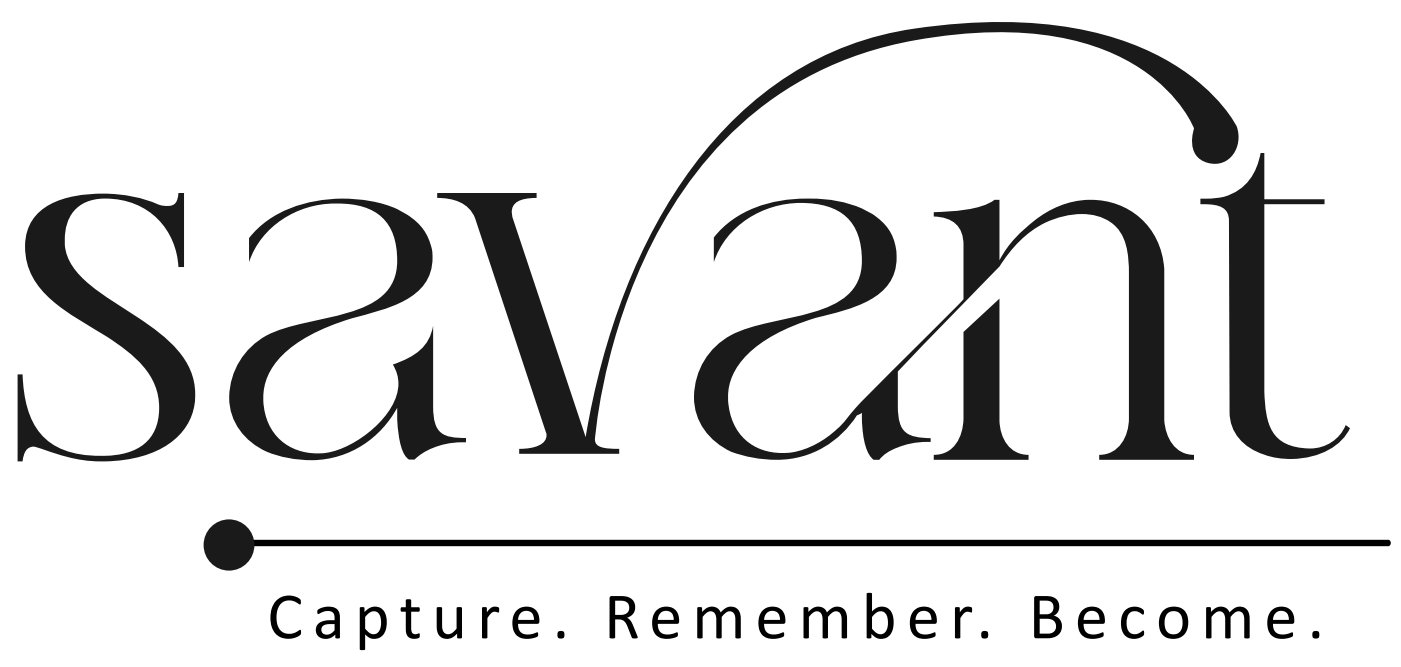Retention is more than just keeping employees around; it’s about creating an environment where they feel valued and motivated to stay. In today’s competitive job market, having a solid retention strategy can make a huge difference in the success of your organization. This article will explore various strategies to enhance retention, ensuring your workforce remains engaged and committed for the long haul.
Key Takeaways
- A positive work culture boosts employee satisfaction and loyalty.
- Regular feedback helps understand employee needs and improve retention.
- Investing in skill development shows employees you care about their growth.
- Building strong relationships fosters trust and collaboration in the workplace.
- Promoting work-life balance can significantly reduce turnover rates.
Creating a Positive Work Environment
Creating a positive work environment is super important for keeping employees happy and engaged. When people feel good about where they work, they’re more likely to stick around and do their best work. It’s not just about perks; it’s about creating a place where people feel valued, respected, and supported. A happy workplace is a productive workplace!
Fostering Open Communication
Open communication is all about making sure everyone feels comfortable sharing their thoughts and ideas. It’s about creating a space where people can speak freely without fear of judgment or reprisal. This means actively listening to what employees have to say, providing regular updates on company happenings, and encouraging feedback at all levels. When communication flows freely, problems get solved faster, and everyone feels more connected to the team.
Encouraging Team Collaboration
Team collaboration is where the magic happens. When people work together effectively, they can achieve so much more than they could alone. This means creating opportunities for teamwork, providing the tools and resources people need to collaborate, and fostering a culture of mutual respect and support. Think about team-building activities, shared project goals, and cross-departmental initiatives. It’s all about getting people to work together towards a common goal.
Recognizing Employee Achievements
Everyone wants to feel appreciated for their hard work. Recognizing employee achievements is a simple but powerful way to show that you value their contributions. This can be anything from a simple "thank you" to a formal award ceremony. The key is to be specific and sincere in your appreciation. Let employees know exactly what they did well and how it benefited the company. A little recognition can go a long way in boosting morale and motivation.
Creating a positive work environment isn’t just a nice-to-have; it’s a must-have for long-term success. When employees feel valued and supported, they’re more likely to be engaged, productive, and loyal. It’s an investment that pays off in so many ways.
Understanding Employee Needs

It’s easy to get caught up in the day-to-day grind, but taking a step back to really understand what your employees need is super important. Happy employees are productive employees, and understanding their needs is the first step in keeping them happy. When employees feel understood and supported, they’re way more likely to stick around and give their best work. Ignoring their needs? Well, that’s a one-way ticket to high turnover and a not-so-great work environment. Let’s look at some ways to get a better handle on what your team actually needs.
Conducting Regular Surveys
Surveys are a simple way to get a broad overview of employee sentiment. Don’t just fire off a survey once a year and forget about it. Think about doing shorter, more frequent pulse surveys to keep your finger on the, well, pulse. Keep the surveys short and sweet, and make sure the questions are actually relevant to their day-to-day experiences. And most importantly, actually do something with the results. If employees see that their feedback leads to real change, they’ll be way more likely to participate in the future. You can use surveys to measure employee engagement in real time.
Implementing Feedback Loops
Feedback shouldn’t be a one-way street. It’s not just about managers telling employees what they need to improve. It’s about creating a continuous loop where employees feel comfortable sharing their thoughts, ideas, and concerns. This could be through regular one-on-ones, team meetings, or even anonymous suggestion boxes. The key is to make it easy for employees to speak up and to show them that their voices are actually being heard. Make sure to address employee concerns in a timely manner.
Personalizing Employee Experiences
Not every employee is the same, so why treat them that way? Think about ways to personalize the employee experience to better meet individual needs and preferences. This could be anything from offering flexible work arrangements to providing customized training and development opportunities. The more you can tailor the experience to the individual, the more valued and appreciated they’ll feel. This can be achieved by leveraging HR Acuity’s tools to track feedback and sentiment.
Investing in Professional Development
Okay, so you want to keep your employees around for the long haul? One of the smartest things you can do is invest in their professional development. It’s not just about making them better at their jobs today; it’s about showing them you care about their future. When employees feel like you’re invested in their growth, they’re way more likely to stick around. Plus, a team that’s constantly learning is a team that’s constantly improving. It’s a win-win!
Offering Training Opportunities
Think about what skills your team needs to really shine. Then, find ways to help them get those skills. This could mean sending them to conferences, paying for online courses, or even bringing in experts to run workshops. The key is to make sure the training is relevant and useful. No one wants to sit through a boring seminar that has nothing to do with their job! Make sure to upskill your employees so they can grow with the company.
Encouraging Skill Development
It’s not enough to just offer training; you also need to create a culture where people are encouraged to learn and grow. This means giving them time to practice new skills, providing feedback, and celebrating their successes. Maybe set up a mentorship program where more experienced employees can help guide newer ones. Or, create a "lunch and learn" series where people can share their knowledge with each other. The goal is to make learning a part of the everyday routine.
Supporting Career Growth
People want to know that there’s a future for them at your company. So, be transparent about career paths and opportunities for advancement. Talk to your employees about their goals and help them create a plan to achieve them. This could mean giving them new responsibilities, assigning them to special projects, or even helping them get certifications. When employees see that you’re invested in their career growth, they’ll be much more motivated and engaged.
Investing in your employees’ professional development isn’t just a nice thing to do; it’s a smart business strategy. It helps you attract and retain top talent, improve productivity, and create a more innovative and engaged workforce. So, start thinking about how you can invest in your team’s growth today!
Building Strong Relationships
It’s easy to get caught up in tasks and deadlines, but let’s not forget the human element! Building strong relationships at work is super important for keeping employees happy and sticking around. When people feel connected and supported, they’re way more likely to enjoy their jobs and want to stay with the company. It’s all about creating a positive vibe where everyone feels valued.
Promoting Mentorship Programs
Mentorship programs are a fantastic way to build connections and share knowledge. Pairing experienced employees with newer ones can create a supportive environment where everyone feels like they have someone to turn to. It’s not just about passing on skills; it’s about building confidence and creating a sense of belonging. Plus, mentors often get a boost too, feeling valued for their experience and getting a fresh perspective from their mentees. It’s a win-win!
Encouraging Social Interactions
Let’s face it, work shouldn’t be all work and no play! Encouraging social interactions can make a huge difference in team morale. Think about organizing team lunches, after-work get-togethers, or even just casual coffee breaks. These moments allow people to connect on a personal level, building friendships and strengthening bonds. When people genuinely like each other, they’re more likely to collaborate effectively and support each other through tough times. It’s about creating a community, not just a workplace.
Creating a Supportive Culture
Creating a supportive culture is the glue that holds everything together. It’s about fostering an environment where people feel safe to take risks, share ideas, and ask for help. This means promoting open communication, celebrating successes, and offering support during challenges. When employees feel like their voices are heard and their contributions are valued, they’re more likely to feel a sense of loyalty and commitment to the company. It’s about building a place where people genuinely want to be.
A supportive culture isn’t just a nice-to-have; it’s a must-have for long-term retention. When employees feel supported, they’re more likely to thrive, innovate, and contribute their best work. It’s an investment in your people and your company’s future.
Utilizing Technology for Retention
Okay, so tech isn’t always the answer, but it can seriously help with employee retention. Think about it: the right tools can make work easier, communication smoother, and even make people feel more connected. It’s not just about the latest gadgets; it’s about using tech strategically to improve the employee experience. Let’s explore how.
Implementing Employee Engagement Tools
Employee engagement tools are like having a virtual pulse on your team. They can range from simple survey platforms to more complex systems that track employee sentiment and provide feedback in real-time. The key is to choose tools that are actually useful and easy for employees to use. If it’s clunky or complicated, people won’t bother. Think about tools that offer features like:
- Pulse surveys: Quick, frequent check-ins to gauge employee morale.
- Recognition platforms: Allow employees to publicly acknowledge each other’s contributions.
- Communication hubs: Centralized spaces for announcements, discussions, and resource sharing.
These tools can help you identify potential issues early on and address them before they lead to turnover. For example, automated customer feedback systems can be used internally to gauge employee satisfaction with internal tools and processes.
Using Data Analytics for Insights
Data, data, data! It’s everywhere, and it can be a goldmine for understanding employee retention. By analyzing data from various sources (performance reviews, surveys, exit interviews), you can identify trends and patterns that might be impacting retention. For example, you might discover that employees in a certain department are consistently reporting higher levels of stress, or that there’s a correlation between training opportunities and employee satisfaction. Armed with these insights, you can develop targeted strategies to address the root causes of turnover. It’s like having a crystal ball, but instead of magic, it’s analytics.
Streamlining Communication Channels
How many different apps and platforms does your team use to communicate? Probably too many! All those different channels can lead to confusion, missed messages, and a general sense of overwhelm. Streamlining communication channels can make a huge difference in employee satisfaction and retention. Consider consolidating your communication onto a single platform that offers features like:
- Instant messaging: For quick questions and updates.
- Video conferencing: For team meetings and one-on-one check-ins.
- Project management tools: To keep everyone on the same page with tasks and deadlines.
By making it easier for employees to communicate and collaborate, you can create a more connected and engaged workforce. Plus, it cuts down on the noise and makes it easier for people to focus on their work. It’s a win-win!
Promoting Work-Life Balance
It’s easy to say you value work-life balance, but actually doing it? That’s where things get tricky. It’s not just about offering perks; it’s about creating a culture where people feel genuinely supported in having a life outside of work. When employees feel like they can actually switch off, they’re way more likely to stick around and bring their best selves to the job.
Flexible Work Arrangements
Let’s be real, the 9-to-5 grind isn’t for everyone. Offering flexible work arrangements, like remote work or adjusted hours, can be a game-changer. It shows you trust your employees to manage their time and get the job done, no matter where or when they’re working. This can seriously cut down on stress and boost morale. Plus, it opens up your talent pool to people who might not be able to commit to a traditional schedule.
Encouraging Time Off
It sounds simple, but actually encouraging employees to take time off is huge. People need vacations to recharge, and they shouldn’t feel guilty about using their PTO. Make it clear that taking time off is not only allowed but encouraged. Maybe even offer incentives for using vacation days. A well-rested employee is a productive employee, and that’s good for everyone.
Supporting Mental Health Initiatives
Mental health is just as important as physical health, and it’s time workplaces started treating it that way. Offering resources like counseling services, mindfulness programs, or even just a quiet room for employees to de-stress can make a big difference. It shows you care about your employees’ well-being and are willing to invest in their mental health. Plus, it can help reduce burnout and improve overall job satisfaction.
Creating a supportive environment where employees feel comfortable talking about their mental health is key. It’s about breaking down the stigma and creating a culture of understanding and acceptance.
Measuring Retention Success
Okay, so you’ve put all this effort into making your company a great place to work. How do you know if it’s actually working? That’s where measuring retention success comes in. It’s not just about feeling good; it’s about seeing tangible results that show your efforts are paying off. Let’s get into the nitty-gritty of how to track and analyze your retention strategies.
Tracking Employee Turnover Rates
Turnover rate is the most basic, but still super important, metric. It tells you the percentage of employees who leave your company over a certain period (usually a year). A high turnover rate can signal problems with your company culture, compensation, or management. To calculate it, divide the number of employees who left by the average number of employees during the period, and then multiply by 100. Keep an eye on this number and compare it to industry benchmarks to see how you stack up. You can also use this to determine if you need to improve employee retention.
Analyzing Exit Interviews
Exit interviews are a goldmine of information. When an employee leaves, take the time to conduct a thorough exit interview. Ask them about their reasons for leaving, what they liked about working at the company, and what could be improved. Look for patterns in the responses. Are multiple employees leaving for the same reason? Is there a common theme in the feedback? Use this data to identify areas where you can make changes to improve retention. It’s like getting free consulting from people who know your company inside and out.
Setting Clear Retention Goals
Finally, you need to set some clear, measurable retention goals. What percentage of employees do you want to retain each year? What specific areas do you want to improve? Make sure your goals are realistic and achievable. For example, instead of saying "We want to improve retention," say "We want to reduce turnover among employees with less than one year of tenure by 15% in the next year." Then, track your progress and adjust your strategies as needed. It’s all about having a clear target and working towards it. You can also use data analytics to help you reach your goals.
Measuring retention success isn’t just about numbers; it’s about understanding your employees and creating a workplace where they want to stay. By tracking turnover rates, analyzing exit interviews, and setting clear goals, you can create a retention strategy that works for your company and your employees.
Wrapping It Up
So there you have it! Improving your retention strategies doesn’t have to be a daunting task. With a few simple tweaks and a focus on what really matters—like communication, recognition, and growth—you can create a workplace where people want to stick around. Remember, it’s all about building connections and making your team feel valued. Keep experimenting with different approaches, and don’t be afraid to ask for feedback. You’ve got this! Here’s to a future where your team is not just surviving but thriving!
Frequently Asked Questions
What is employee retention?
Employee retention is how companies keep their workers happy and engaged so they stay with the organization for a long time.
Why is employee retention important?
Keeping employees is important because losing them can be very costly and can hurt team morale and productivity.
How can I create a positive work environment?
You can create a positive work environment by encouraging open communication, teamwork, and recognizing employee achievements.
What are some ways to understand employee needs?
You can understand employee needs by conducting surveys, listening to feedback, and personalizing their experiences.
How can professional development help retention?
Offering training and growth opportunities helps employees feel valued and encourages them to stay with the company.
What role does technology play in employee retention?
Technology can help with employee retention by improving engagement, providing data insights, and making communication easier.






